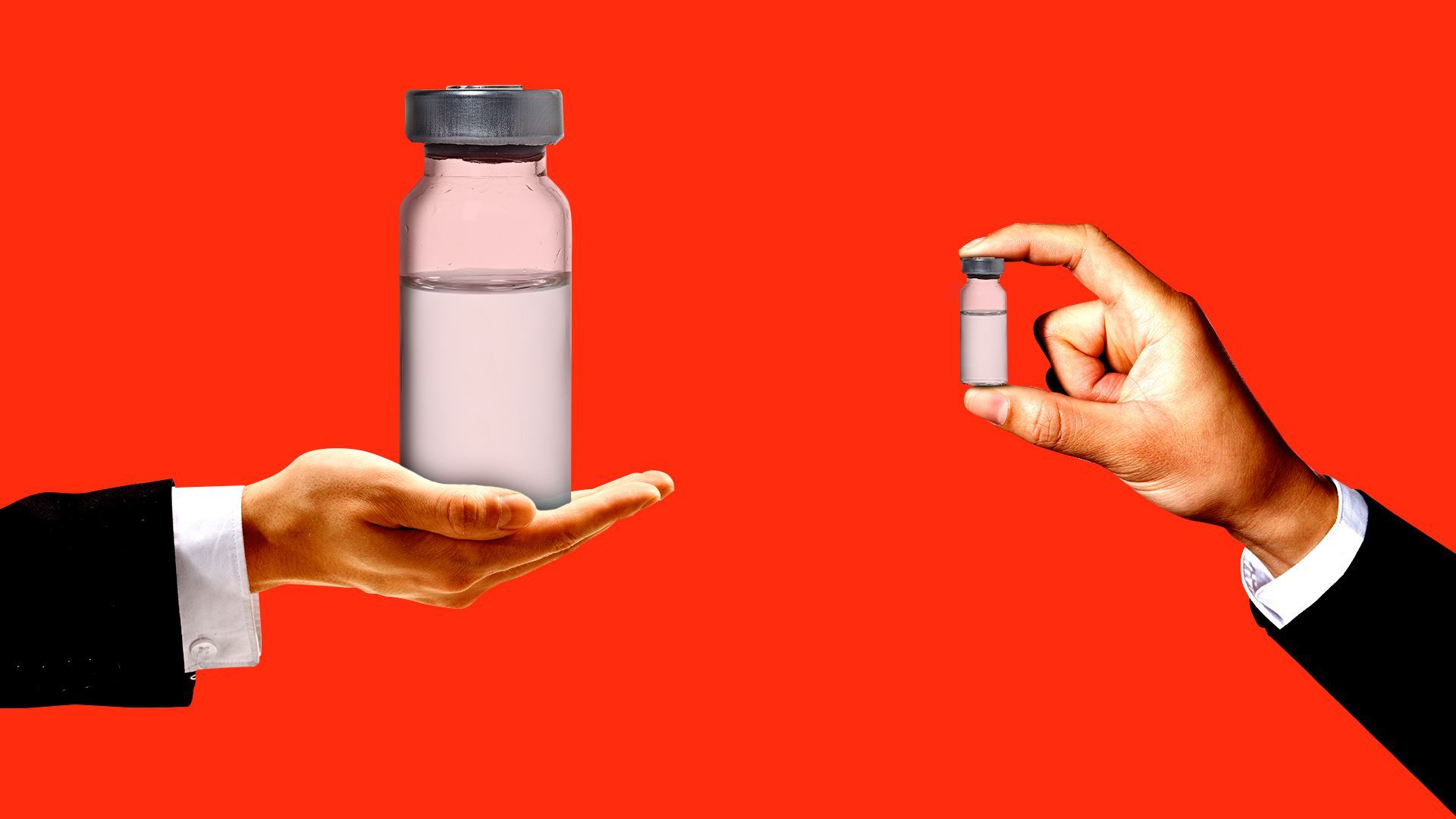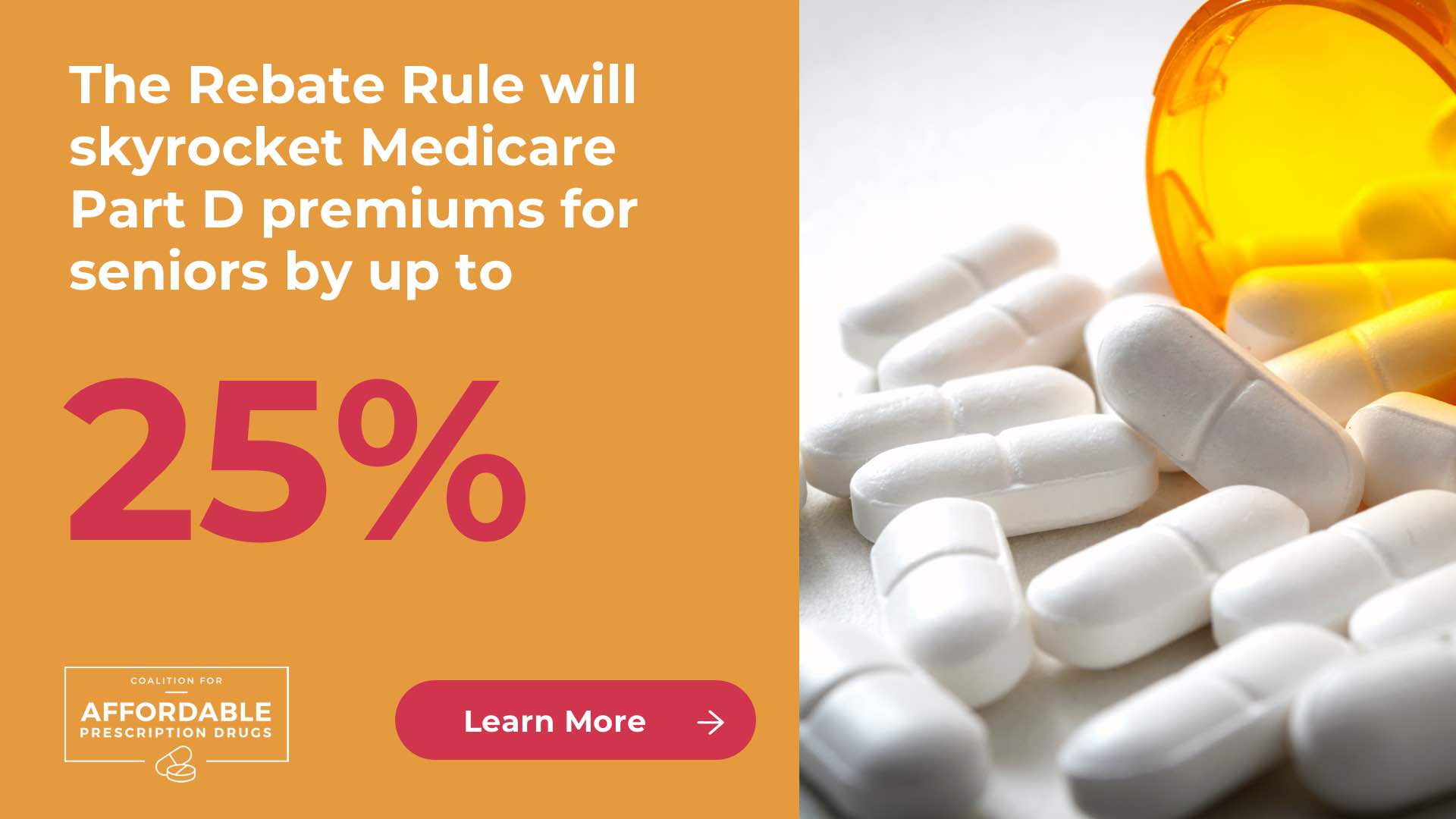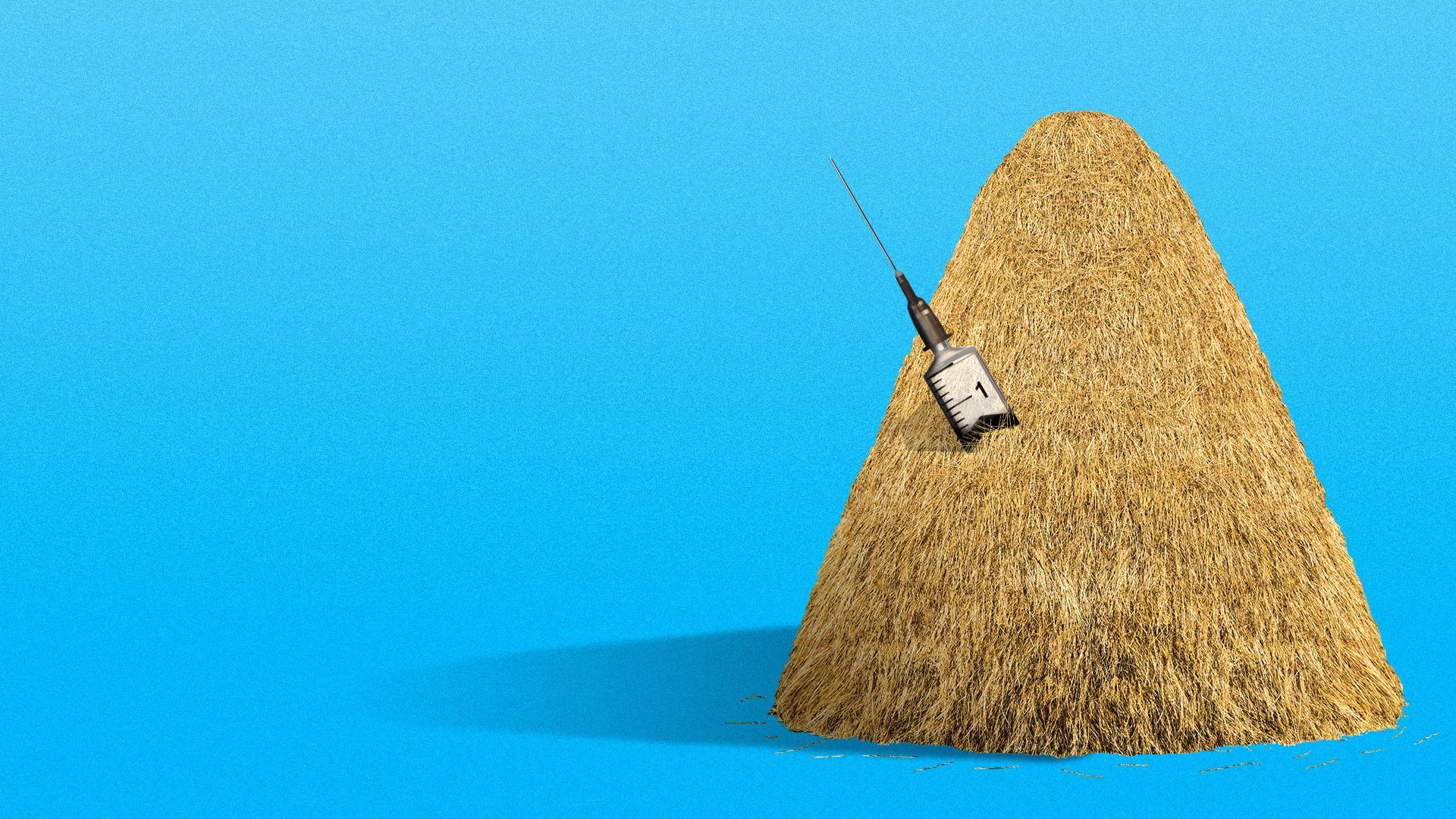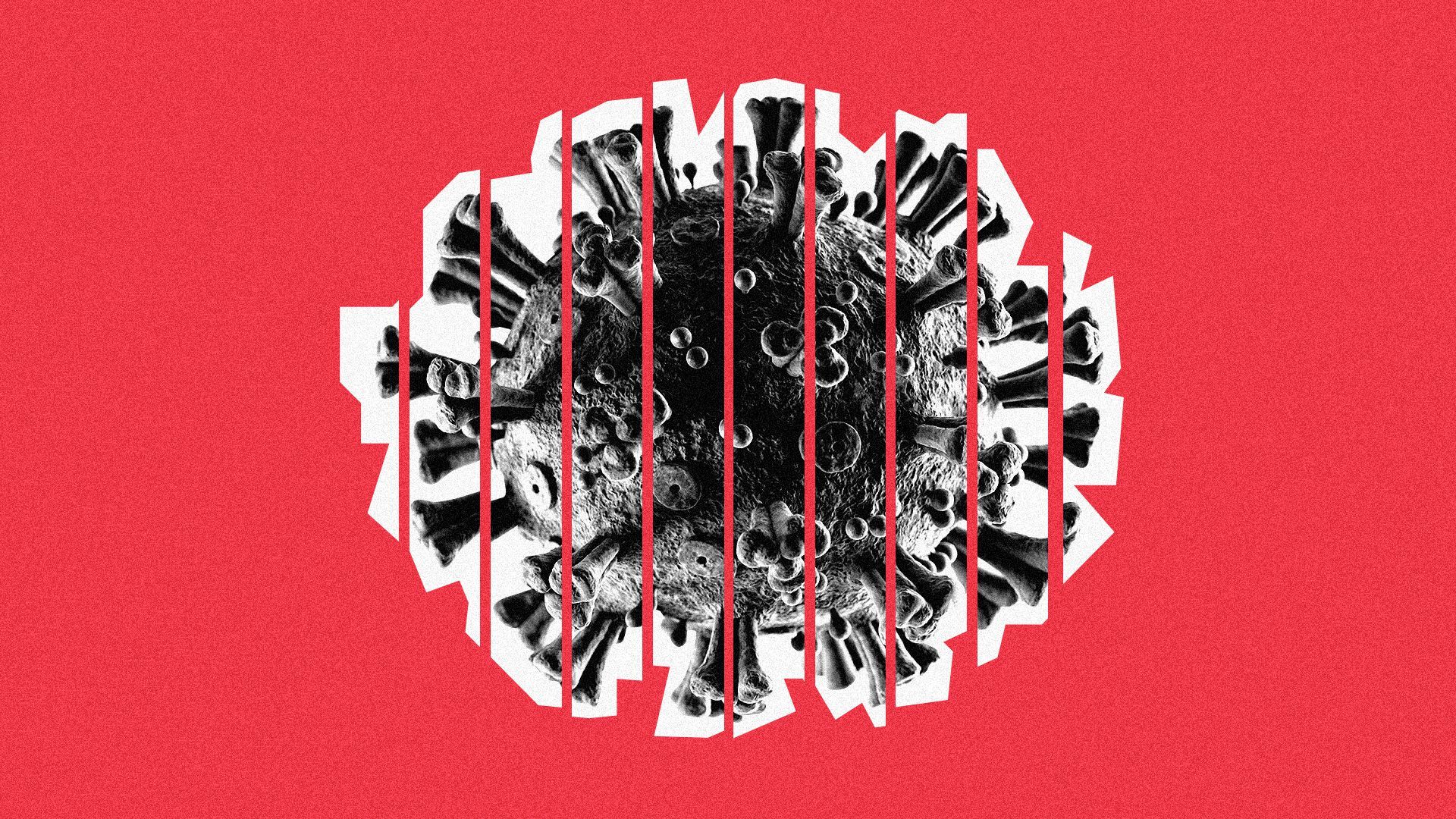| | | | | | | Presented By Coalition for Affordable Prescription Drugs | | | | Vitals | | By Caitlin Owens ·Jan 26, 2021 | | Good morning. Today's word count is 1,249, or a 5-minute read. | | | | | | 1 big thing: Communities of color falling behind in vaccine effort |  | | | Illustration: Aïda Amer/Axios | | | | In cities across the U.S., the neighborhoods hardest-hit by the coronavirus are being vaccinated at a slower rate than their wealthier, whiter counterparts. Why it matters: Preventing socioeconomic disparities in the vaccination process was always going to be an uphill battle, but policy changes in response to the sluggish rollout have generally prioritized speed over equity. The big picture: Early analyses and news reports show that in many cities and states, people of color — particularly Black Americans — are falling behind white Americans in the vaccination effort. - Experts had predicted that structural barriers and higher rates of vaccine hesitancy would always be a problem. But the push to prioritize speed in response to the slow initial vaccine rollout likely took a toll on equity.
Between the lines: In Memphis, disparities were exacerbated by the the county's decision to give early access to vaccine appointments to those who could make them online, ProPublica reports. But computer and internet access varies drastically by ZIP code. - In other places, physical access to vaccine sites is an issue. In the Boston area, Black and Latino residents are significantly less likely than white residents to live in census tracts that are within a mile of a vaccination site, the Boston Globe reports.
What's happening: Some cities, in response to data showing communities of color being left behind, are trying to adjust their distribution plan to better serve their most vulnerable populations. - Washington, D.C., has begun making additional vaccine appointments available to residents of the hardest-hit neighborhoods, who were initially making fewer vaccine appointments than residents living in wealthier neighborhoods, WJLA reports.
The other side: Dallas officials recently scrapped a plan to prioritize vaccine doses for people living in the most vulnerable neighborhoods after the state threatened to cut the county's vaccine allocation in response, the Texas Tribune reports. Go deeper. |     | | | | | | 2. Why the U.S. needs to ramp up vaccinations | | The U.S. would need to significantly ramp up coronavirus vaccinations if we're going to reach herd immunity any time soon, KFF's Drew Altman writes in today's column. Why it matters: At minimum, herd immunity requires vaccinating 70% of the population. And reaching that benchmark is especially difficult — because children aren't eligible for the vaccines yet, the U.S. would need to inoculate the vast majority of adults. By the numbers: The U.S. would need to administer 2.4 million doses per day in order to vaccinate 70% of the population by July 4. - To get there by Labor Day would require 1.9 million doses per day.
- To reach herd immunity by Jan. 1, 2022, we'd need 1.2 million doses per day.
Where it stands: The Centers for Disease Control reported 1.6 million vaccinations last Friday, and yesterday the Biden administration upped its goal — it's now aiming for 1.5 million shots per day, instead of 1 million. - If the administration also uses that time to create a better, more coordinated process, including standing up more vaccine sites, then ramping up to 2 million to 3 million doses per day by the summer seems reasonable.
Yes, but: Supply may be the limiting factor. - There are some reasons for optimism, though, with vaccines from Johnson & Johnson, AstraZeneca and Novavax expected to come online this year.
- The Johnson & Johnson vaccine only requires one shot, so those supplies will stretch further.
|     | | | | | | 3. Trust in federal coronavirus response surges |  Data: Axios/Ipsos survey; Chart: Danielle Alberti/Axios Trust in the federal government has surged since President Biden's inauguration when it comes to COVID-19 — but that's almost entirely because of Democrats gaining confidence, according to the latest installment of the Axios/Ipsos Coronavirus Index. The big picture: Americans reported the biggest improvement in their mental and emotional health since our survey began last March, and the highest trust levels since April about the federal government providing them accurate virus information and looking out for their best interests, Axios' Margaret Talev writes. - The survey also found a new high for interest in getting vaccinated, with half of respondents now saying they want to take it as soon as they can get it.
- But just 12% said they'd signed up or made an appointment to get the vaccine, and overwhelming majorities had not yet sought out information from their doctors, pharmacies, government health departments or social media.
Between the lines: Republicans' trust in the federal government was flat or marginally lower than in our Jan 8–11 survey, the last time we asked the question. Independents' trust was flat or marginally higher. - What's really driving the trust gains is how deeply Democrats distrusted former President Trump — and how strongly they trust Biden. That translates to 25- and 30-percentage point gains over just two weeks.
- It's worth noting that Republicans aren't abandoning trust proportionately to Democrats' gain in trust.
Go deeper. |     | | | | | | A message from Coalition for Affordable Prescription Drugs | | Premiums for seniors will skyrocket under Rebate Rule | | |  | | | | The Coalition for Affordable Prescription Drugs, alongside other concerned organizations, urges the Biden Administration and Congress to protect seniors from higher premiums by overturning this rule and enacting reforms that lower Rx prices. Learn more. | | | | | | 4. Shots in search of arms |  | | | Illustration: Aïda Amer/Axios | | | | Israel has now vaccinated a remarkable 44% of its population, with the U.A.E. (26%), Seychelles (19%), U.K. (10%), Bahrain (8%) and U.S. (7%) following behind, per Our World in Data. The flipside: Just 2% of EU residents have received their first shot, leading to consternation across the continent about the slow rollout, Axios' Dave Lawler writes. - India has also run into early hurdles, including a malfunctioning appointments app and lower than expected uptake among health care workers, some of whom fear side effects, particularly from an Indian vaccine that was approved prior to phase three trials, per WSJ.
- Good news: Early data from Israel suggests that almost no one who received both doses of the Pfizer vaccine has come down with a symptomatic case of COVID-19.
Two dozen countries are counting on Chinese vaccines, which Beijing had hoped would become a symbol of China's scientific development and global clout, the NY Times notes. - But China has been slow to provide doses, and new data suggests the vaccines are less effective than expected. A YouGov poll of 17 countries found that most would distrust vaccines developed in China.
- Now, Chinese state media outlets are spreading disinformation casting doubts on the effectiveness of American and European vaccines.
|     | | | | | | 5. Lessons from the NFL | | The NFL found that transmission of COVID-19 occurred in less than 15 minutes of cumulative interaction between individuals, according to a new report from the Centers for Disease Control and Prevention. The big picture: The protocols and resources for contact tracing and testing allowed the 32 teams to complete its regular season and the playoffs on time with only the Super Bowl remaining, Axios' Marisa Fernandez writes. - The league, along with the NFL Players Association, identified four factors when players and staff came in contact with each other: whether masks were in use, how well the room was ventilated, how long the interaction was and the physical distance between the two parties.
By the numbers: About 623,000 COVID-19 tests were performed on approximately 11,400 players and staff members, and nearly 3% tested positive between Aug. 9 and Nov. 21. - Between Sept. 27 and Oct. 10, a total of 41 cases were identified among players and staff. Of those, 21 showed transmission within a single team, requiring closure of that team's facilities.
Reality check: The CDC says intensive testing and contact tracing helps prevent the spread of COVID-19, but the model set by the football league could be too costly for other industries to copy. |     | | | | | | 6. Catch up quick |  | | | Illustration: Aïda Amer/Axios | | | | Merck & Co. is ending development of its two experimental COVID-19 vaccines, after early data showed they could not produce immune responses to the virus, the company announced Monday. Moderna's COVID-19 vaccine is effective against new variants of the virus that first appeared in the U.K. and in South Africa, the company announced on Monday. However, the vaccine saw a six-fold reduction in antibodies against the South Africa variant. Biden said on Monday that he believes America will be on track for 1 million vaccinations a day within the next three weeks, with the possibility of soon upping that number to 1.5 million vaccinations a day. Budweiser said Monday it's giving up its iconic in-game Super Bowl airtime for the first time in 37 years, and will instead donate $1 million to the Ad Council and COVID Collaborative's Vaccine Education Initiative. The first case of a coronavirus variant that originated in Brazil has reached the U.S. and was found in Minnesota, state officials announced Monday. |     | | | | | | A message from Coalition for Affordable Prescription Drugs | | Rebate Rule is the wrong prescription for lower drug prices | | |  | | | | The Trump Administration's prescription drug "Rebate Rule" will raise seniors' premiums by up to 25%, skyrocket government spending, and will not deliver the lower drug costs that patients need. Learn more about why it should be overturned. | | | | | | Axios thanks our partners for supporting our newsletters.
Sponsorship has no influence on editorial content. Axios, 3100 Clarendon Blvd, Suite 1300, Arlington VA 22201 | | | You received this email because you signed up for newsletters from Axios.
Change your preferences or unsubscribe here. | | | Was this email forwarded to you?
Sign up now to get Axios in your inbox. | | | | Follow Axios on social media:    | | | | | |
No comments:
Post a Comment